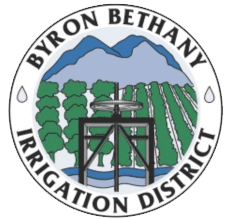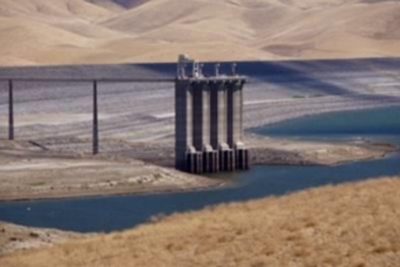In a move met with widespread praise and hope in the Central Valley, the U.S. Secretary of the Interior called on federal agencies to act to fix the broken Central Valley Project (CVP). Secretary Ryan Zinke’s memo on Friday directs the development of an action plan to maximize water deliveries and shore up operations of the federally-managed CVP, which Zinke described as being in “…a desperate state of disrepair.”
“For our growers and others in the Central Valley who have borne the brunt of failed policy and mismanagement, this is welcome news,” said BBID GM Rick Gilmore. “The District wholeheartedly agrees with Secretary Zinke: the time to take action is now.”
Growers in Byron-Bethany Irrigation District (BBID)’s CVP service area faced three consecutive years of zero-percent allocations. Even now, with many reservoirs at or above 100% of normal, the South-of-Delta CVP allocation began in 2018 at a mere 20%, and has since climbed to only 45%.
Secretary Zinke’s plan calls for maximizing water deliveries by incorporating the latest and greatest science into the decision-making process. It also includes the construction of new storage for the CVP, a “major source of farms, families, industry and fish and wildlife in California.”
Under the current CVP operation, he wrote, “communities have been harmed, productive land has stood fallow, and the populations of fish these particular water delivery limitations were intended to protect have seen no meaningful improvements.”
“The Secretary’s bold action renews hope for a more equitable approach,” Gilmore added. “We must restore reliability to strengthen the CVP. It is time to consider the reoperation of the Federal and State water projects to provide that much-needed balance.”
The Secretary allotted 15 days to develop an action plan, and ordered the Office of the Deputy Secretary make final recommendations within 10 days of receiving the report.
The full memo is below.
8.17.18 Memo

